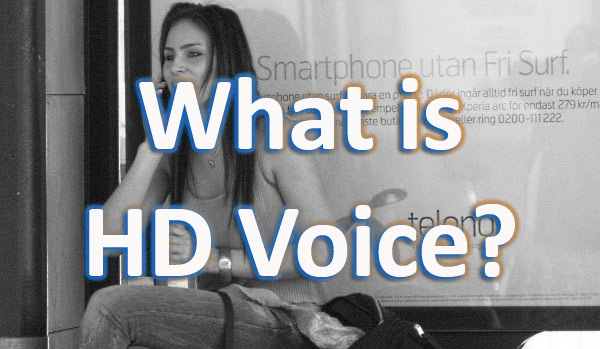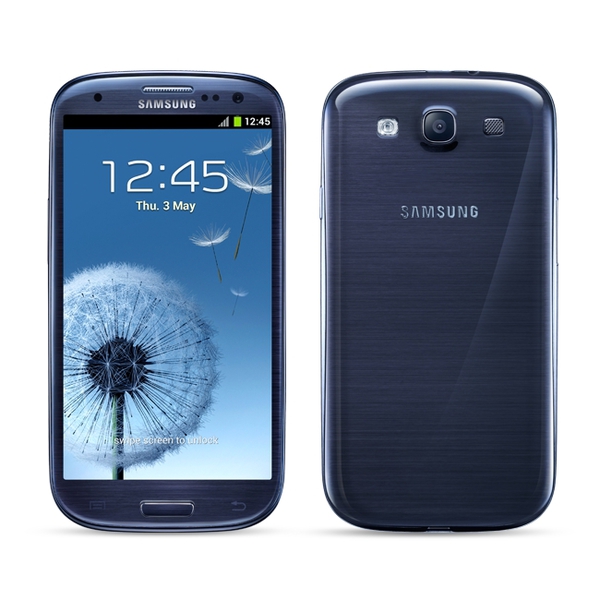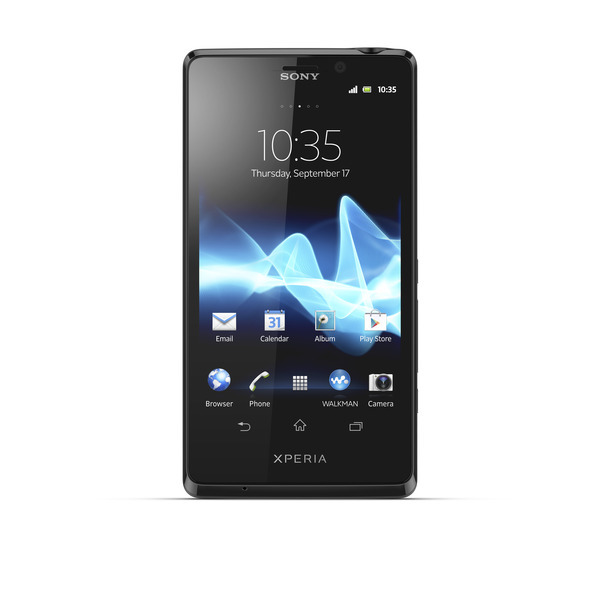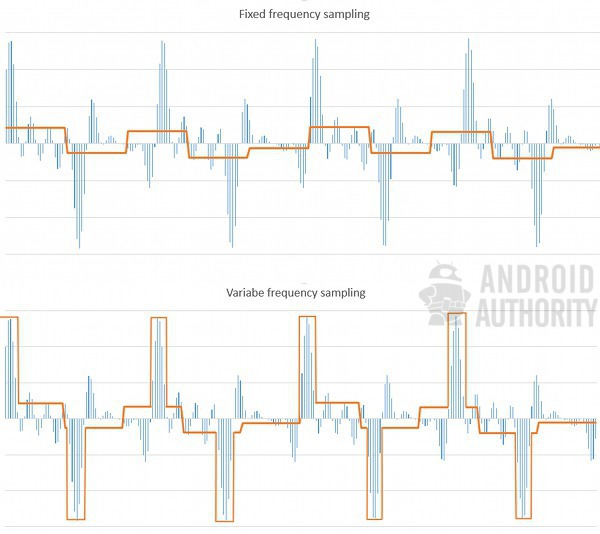Affiliate links on Android Authority may earn us a commission. Learn more.
What is HD voice? And why is phone call quality usually so bad?

If you’re tired of poor quality voice calls then hope is on the horizon in the form of HD Voice. This is a standard that more and more phone manufacturers and mobile networks are adopting. It has been a slow roll out, but it is coming. We’re used to seeing the HD moniker on videos and TVs, but now it’s being applied to audio. Essentially though, it has the same meaning – high definition as in high resolution. Join us as we answer the question – what is HD voice?
What do you need to enjoy HD Voice?
First things first, if you are going to benefit from HD Voice you’ll need to know how to get it! To support HD Voice, a mobile phone needs suitable microphones and speakers, as well as having the new HD Voice processing software. Even if your phone is ready for HD Voice it won’t do any good if the person you’re talking to does not have a HD Voice ready phone. Therefore, all participants in a call need to have a HD Voice compatible phone.
There isn’t an easy to find directory of phones that do and don’t support HD Voice, but you should be able to find out via your network carrier’s website. On the bright side, it would be difficult to find an Android handset that doesn’t support HD Voice these days.

In addition to HD Voice ready phones, you also need to be talking on a network that supports the standard too. This is because it requires a new way of translating your voice into digital ones and zeros (i.e. a “codec”). In the UK, Orange, T-Mobile, Three and Vodafone have all launched HD Voice support, leaving only O2 to catch up. In the US, only Sprint has announced HD Voice support, but is using a completely different codec to the standard that the rest of the world established, and so your HD Voice phone may not be compatible anyway. Therefore, if you live in the US, don’t expect to be enjoying HD Voice any time soon. However, things are looking better if you live in Canada.
What is HD Voice anyway?
Here’s the science part! To start with, a “codec” is short for “coder-decoder” and is how an electric signal that has been digitized is encoded for transmission between a sender and receiver. For example, consider the last MP3 you bought. The musicians created an analogue signal through their microphones which was then digitised into a series of ones and zeros by their recording equipment. That raw digital data was then put through the “MP3” codec to compress the amount of data and make it ready for you to download to your smartphone. Part of the digitisation process depends on how well the microphone captures audio. In other words, over which frequencies does it respond the best? The question of frequency respond also applies to the equipment that the audio is played back on, like your earphones or speakers.

Similarly, when two mobile phones are communicating across a cellular network they have to do the same thing, except that the microphones in use are far inferior to what you would find in a recording studio, and the standard codec strips away far more data than MP3 does. That’s why we sound so awful to each other on the phone. The standard codec for mobile phone calls is called Adaptive Multi-Rate (AMR), and is designed to work with a frequency range of 300–3400 Hz. In contrast, the HD Voice codec, Adaptive Multi-Rate Wide Band (AWB, AMR-WB) works with a much wider frequency range, 50–7000 Hz. That means much more of your voice is retained and sent to the person you’re talking to. There’s a variant of AMR-WB called Variable-Rate Multimode Wideband (VMR-WB), which is compatible and works in much the same way.
In both cases, the HD Voice codecs use the same amount of data [as AMR] to communicate a much richer block of audio, and they do this by cleverly adapting the rate at which they sample the incoming audio. For simple audio signals, either codec ‘spends’ less data on describing the signal to the receiver. However, when the audio becomes much more complicated, either codec can increase the sampling rate, i.e. the resolution, and use much more data to represent the audio signal, thus maintaining a higher quality level than before.
As a very basic example of this kind of variable sampling rate, see the diagram below to show the effect of going from a constant sampling rate (i.e. how often the recording equipment measures the loudness of the audio), to a variable sampling rate, and the details that are gained when the sampling rate can change.

And finally
Here’s a demo that was conducted by the UK branch of Engadget when HD Voice was launched by Orange in the UK.